Table of Contents
- Rain Brings Brief Respite From Gruelling Heat In Twin City | Odisha
- What's the Difference: Explaining Precipitation Types | Weather Blog ...
- What is hail? Why is there hail?
- Precipitation Cascade rain hail snow condensation photographs ...
- The language of God: Hail
- 11 Types Of Precipitation: From Rain To Virga
- The meaning and symbolism of the word - «Hail»
- Hail Dent Repair | The Difference Between a Quality or Sub-Par Job
- Hail - Met Office
- Hail - Our sky

Hail storms can be a significant threat to communities across the United States, causing damage to properties, infrastructure, and agriculture. The Federal Emergency Management Agency (FEMA) has developed the National Risk Index to help communities understand and mitigate various natural hazards, including hail. In this article, we will delve into the world of hail risks, exploring the National Risk Index and what it means for individuals and communities.

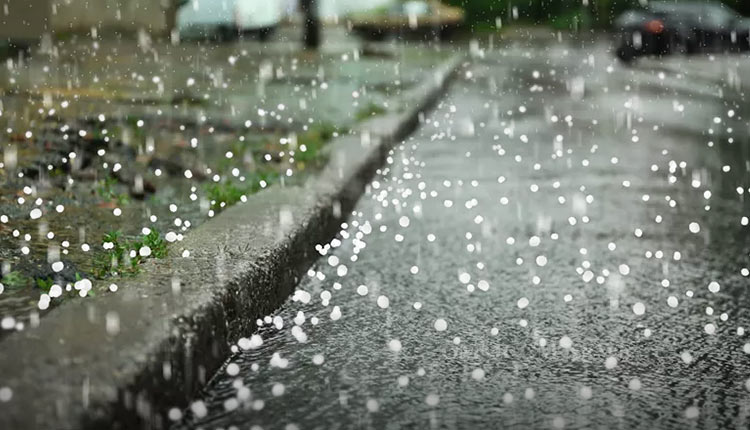
What is the National Risk Index?

The National Risk Index is a comprehensive tool developed by FEMA to assess the risk of natural hazards in communities across the United States. The index evaluates 18 types of natural hazards, including floods, wildfires, earthquakes, and hail storms. By analyzing data from various sources, the National Risk Index provides a detailed picture of the risks faced by each community, helping them to prepare and respond to potential disasters.
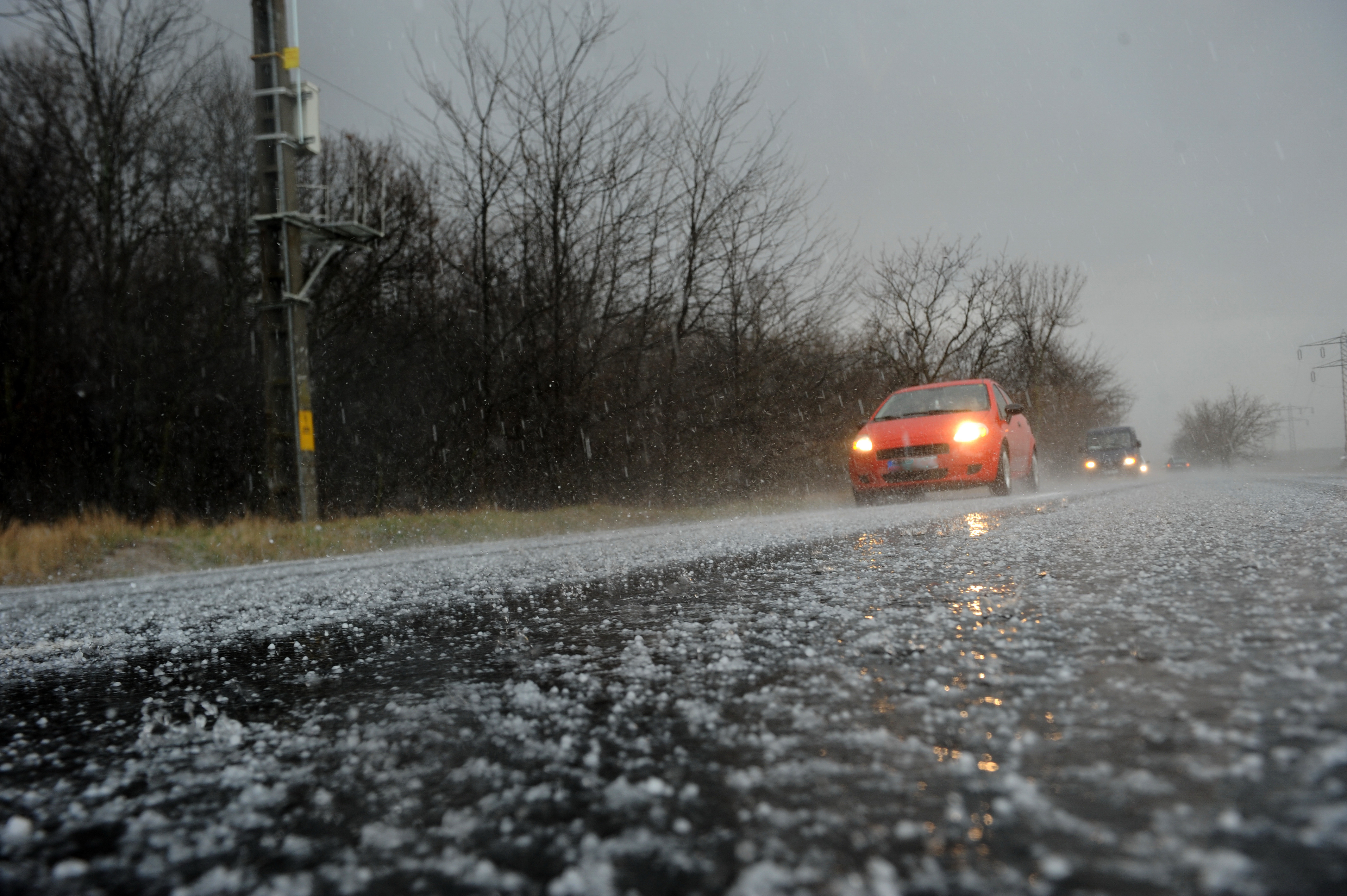
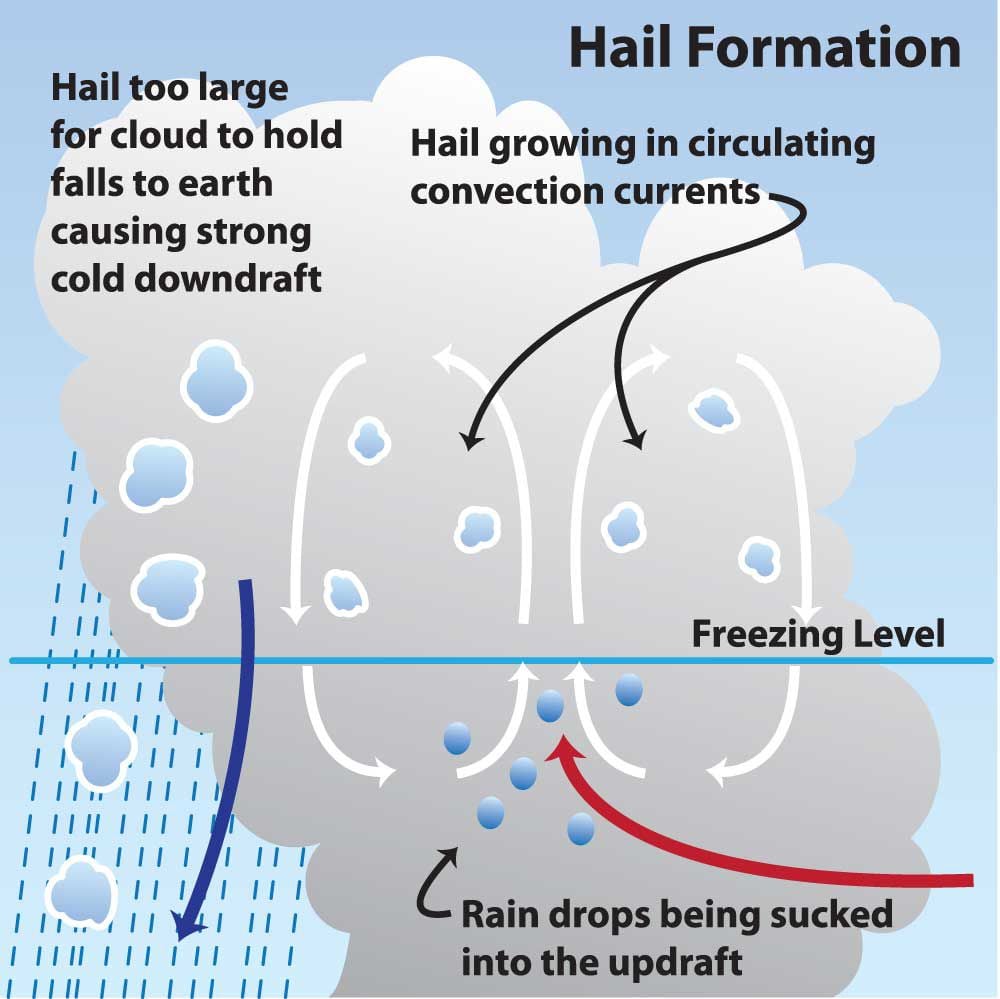
Hail Risks in the National Risk Index
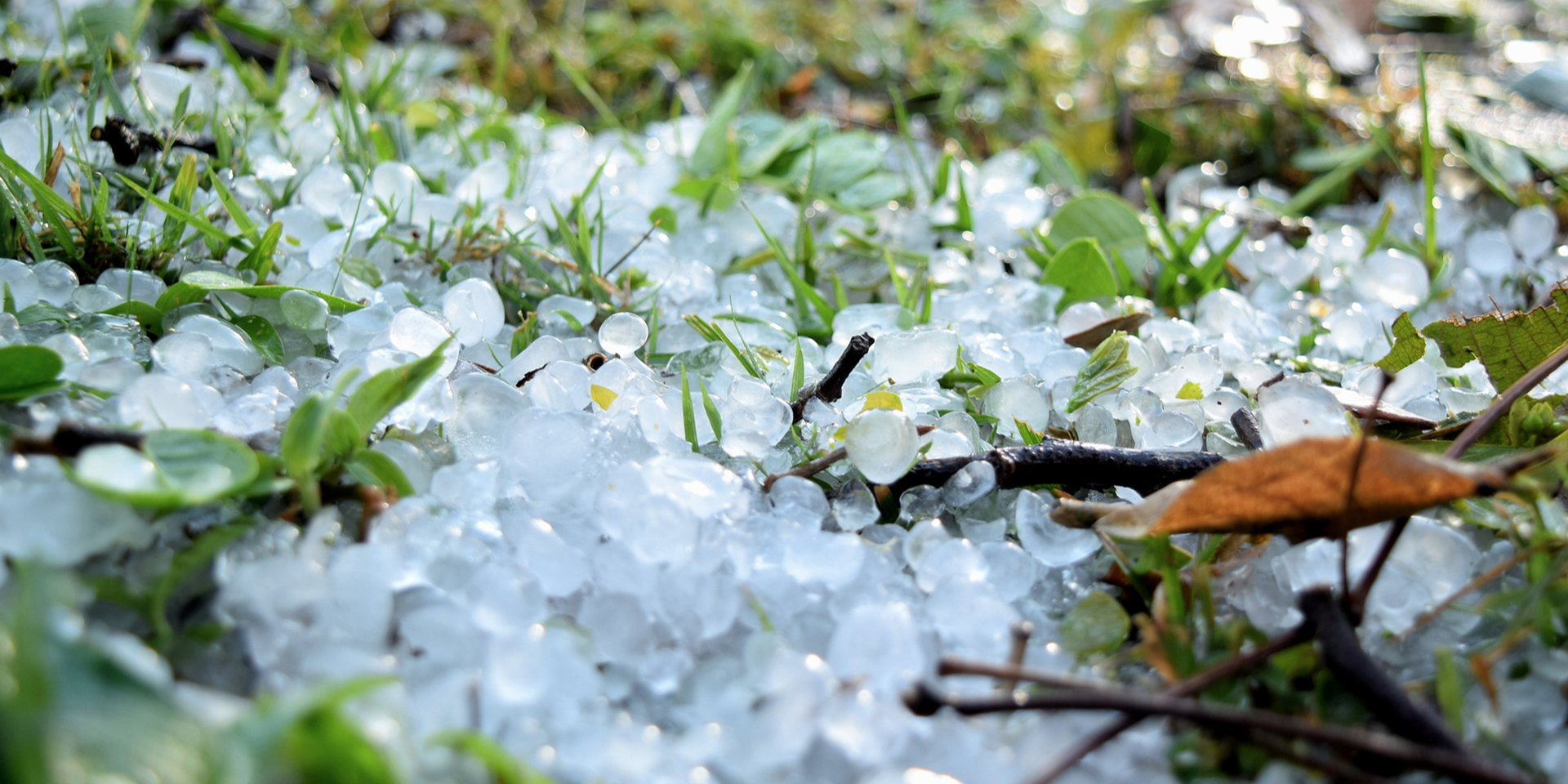
Hail is a significant threat to communities, particularly in the central and southern United States. According to the National Risk Index, hail storms can cause significant damage to buildings, vehicles, and crops. The index takes into account various factors, including:

- Hail frequency and severity: The frequency and severity of hail storms in a given area.
- Population density: The number of people and properties at risk from hail storms.
- Infrastructure: The type and condition of buildings, roads, and other infrastructure that could be damaged by hail.
- Agricultural assets: The value and vulnerability of crops and livestock to hail damage.

Understanding Hail Risk Scores
The National Risk Index assigns a hail risk score to each community, ranging from 0 to 100. The score reflects the likelihood and potential impact of a hail storm in a given area. Communities with higher scores are considered to be at greater risk from hail storms. By understanding their hail risk score, communities can take proactive steps to mitigate the risks and reduce the potential damage from hail storms.
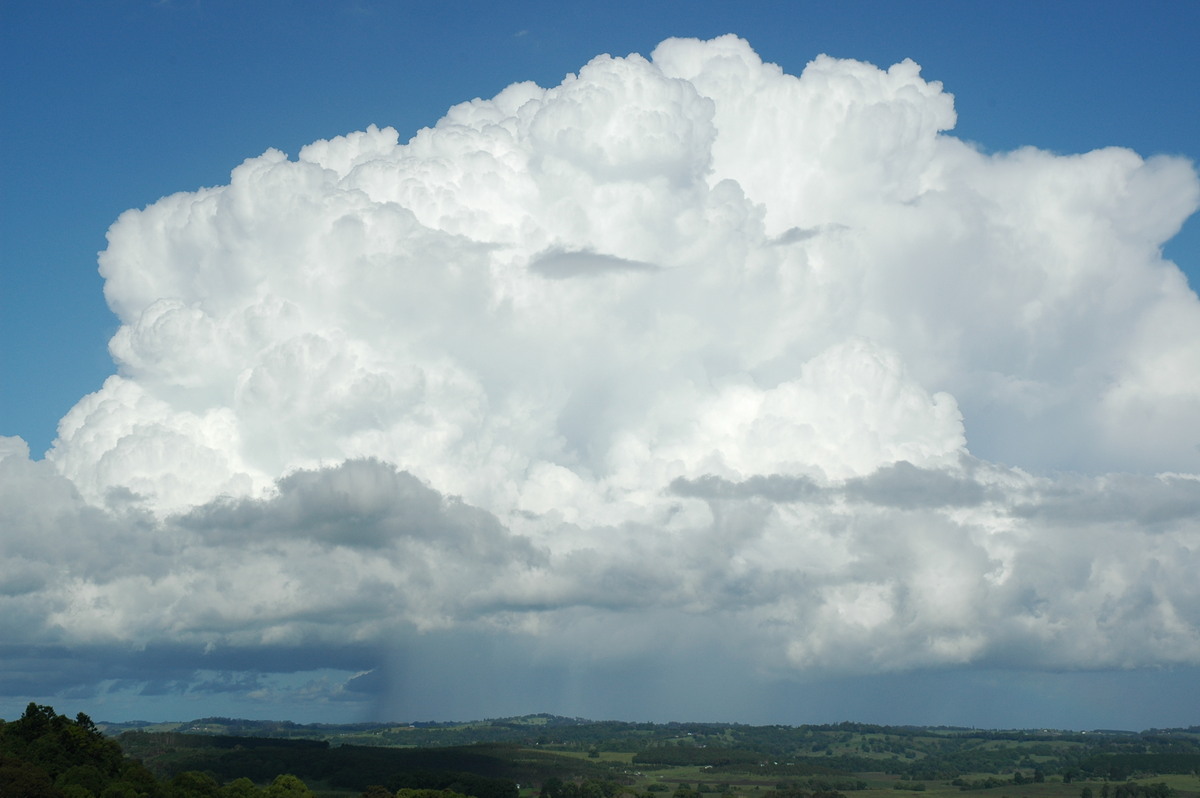
Preparing for Hail Storms
While hail storms can be unpredictable, there are steps that individuals and communities can take to prepare and mitigate the risks. These include:
- Creating a emergency plan: Develop a plan that includes evacuation routes, emergency contact numbers, and a safe place to seek shelter.
- Securing outdoor items: Bring outdoor items, such as patio furniture and trash cans, inside or secure them to prevent damage from hail.
- Installing hail-resistant materials: Consider installing hail-resistant roofing materials, such as metal or tile, to reduce the risk of damage.
Hail storms can be a significant threat to communities, but by understanding the risks and taking proactive steps, individuals and communities can reduce the potential damage. The National Risk Index provides a valuable tool for assessing and mitigating hail risks. By exploring the index and taking steps to prepare, we can work together to build more resilient communities and reduce the impact of hail storms.
For more information on the National Risk Index and hail risks, visit the FEMA website. Stay safe and prepared!